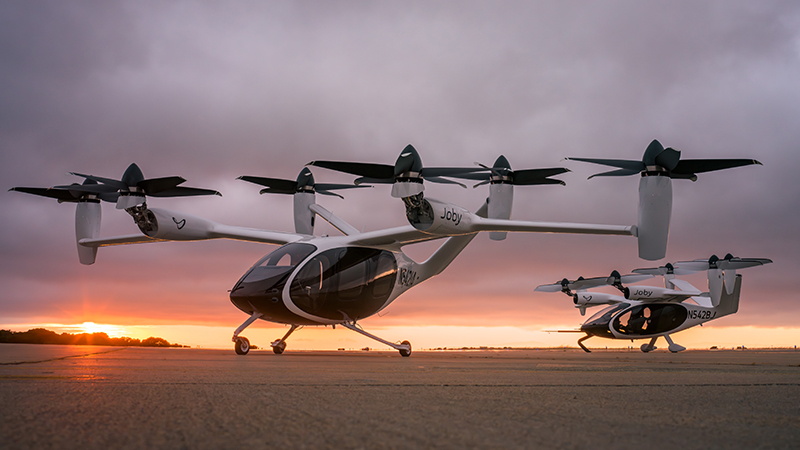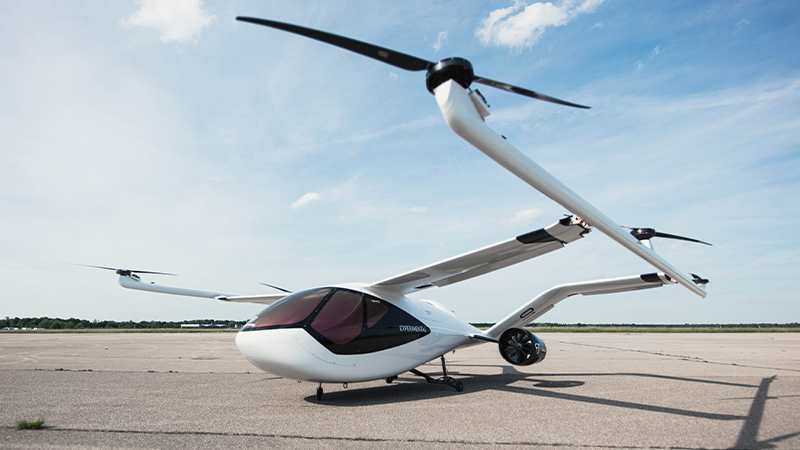

Image Courtesy: Joby Aviation
A lot of the current discussion around eVTOLs focuses on certification and technology rollout. But this leaves a big question mark: pricing and customer accessibility. After all, it’s one thing to see eVTOLs as being able to revolutionise transport but it’s another thing entirely to put this into practical financial terms.
So that’s exactly what we’ll look at here. What goes into eVTOL pricing, how does it compare to traditional transport, and what can be done to make it more accessible?
Helpfully, public conversations have recently shifted to focus on pricing, especially because many launch deadlines are only a year or so away. Currently, there’s quite a range of prices for eVTOL flights depending on the company. For example, Joby estimates around $3 US per seat mile, whereas Lilium suggests $2.25 and Eve goes as high as $3.88.
But how does this compare to current transport prices? While there’s obviously considerable variation based on the chosen transport, the location, and various other factors, Joby’s CFO, Matt Field, claims its prices will be on par with Uber Black in the early days of operation. For reference, Uber Black is the top-level premium service offered by Uber.
As time goes on and technology becomes cheaper to produce and maintain, we can expect these costs to drop. However, it’s unreasonable to expect eVTOL prices to drop to levels comparable to bus or train rides, but this must be balanced against the speed and premium experience of eVTOLs.
To understand how eVTOL companies arrive at these prices, it’s worth looking at the myriad factors that will contribute to operation costs. Luckily, Joby has already put these together:
As with the other costs above, this is per seat mile (per passenger per mile). Add to this the company’s profit margins, and we end up with its figure of $3 per seat mile.
It’s worth noting that several factors will drop in price as the industry expands. For example, batteries will be expensive in the early days because of their size and longevity. As new technology emerges, such as solid-state batteries, we could see these costs drop.
The same is true for regulatory factors, such as landing fees. These will be high initially because of cost recuperation and infrastructure expansion, but we could expect them to drop once a suitable network is established.
Finally, there are pilot wages. The eventual goal of most eVTOL companies is automation, which would have a major impact on operational costs. As the points above show, pilot fees are the most expensive factor. Removing these would have a significant impact on the overall cost of flying eVTOLs.
If eVTOLs will cost the equivalent of the highest-level Uber journeys, how can we expect equitable service for diverse communities? There are several ways we could see this happen.
For example, eVTOL companies might launch premium and economy services similar to ride-hailing services. The wealthy will pay for a premium experience, allowing companies to balance costs more effectively.
Similarly, we could see dynamic pricing or even ride-sharing setups on busier routes. This could involve strangers sharing an eVTOL, similar to a public bus, to ensure seats are filled and peak efficiency is reached.
However, these considerations are still a long way off. It’ll likely be at least a decade until we see established routes and have a better idea of how eVTOLs will work in communities. Initially, eVTOLs will remain a premium experience, but once economies of scale kick in, we’ll likely see them rolled out to everyone.
